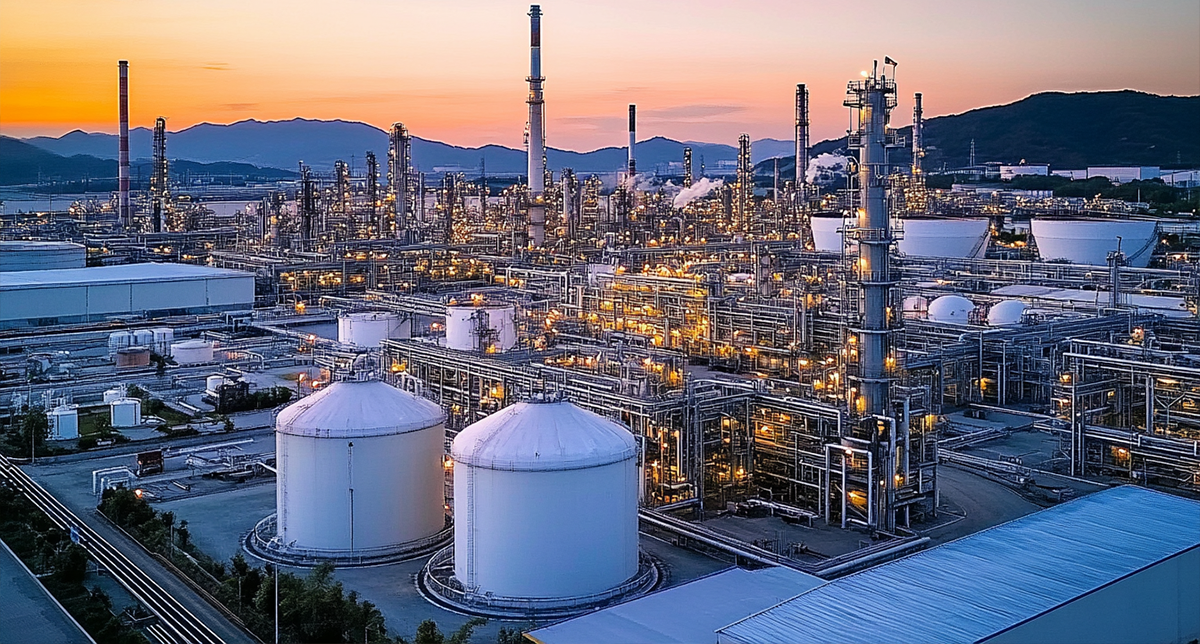NMP合成工艺的详细分解
NMP合成工艺的详细分解
NMP(N-甲基吡咯烷酮)主要通过丁二醇(BDO)合成路线生产。首先,从1,4-丁二醇(BDO)合成γ-丁内酯(GBL),再与甲胺反应生成NMP。这一方法目前是最可靠和成熟的工业生产路线。由于该工艺具有悠久的工业应用历史,经过高度优化,能够实现大规模生产,同时具备高效率和低成本的特点。
BDO 路线的主要特点:
使用铜基催化剂,并添加锌、铝、铬和锰等添加剂,以提高反应活性和选择性。
转换率高:对 BDO 的转化率为 98%,选择性为 95%,产量大于 90%。
不依赖外部氢源(产生副产品氢)。
生产规模灵活:使用现成的 1,4-丁二醇作为原料,可用于小型或大型生产。
经济可行性取决于 1,4-丁二醇的成本和供应情况。
γ-丁内酯(GBL)生产工艺
1.原料制备:
将 1,4-丁二醇泵入加热器,用导热油加热,并在静态混合器中与回收氢混合。
混合物在进入脱氢反应器之前会进一步加热,使 BDO 完全气化。
2.反应与分离:
脱氢反应在受控的温度和压力下进行。
反应后,产品和氢气在产品-氢气热交换器中进行热交换,然后通过循环水冷却。
冷却后的混合物进入气液分离器:
液体产品(粗GBL)流向储存库。
氢被部分回收(经过压缩和再加热)或提纯后用于其他用途。
3.净化:
粗 GBL 被泵送至共沸柱,以去除轻杂质。
在产品蒸馏塔中进一步提炼,得到高纯度的 GBL,然后储存起来。
NMP 合成工艺
1.反应设置:
将纯 GBL 和 40% 甲胺水溶液计量到蒸汽预热器中,在静态混合器中混合,然后送入胺化反应器。
2.高压反应:
反应在 230-260°C 和 7.0-8.0 兆帕压力下进行。
产品在恒压罐中冷却并减压至大气压,然后以粗 NMP 的形式储存。
3.净化步骤:
脱氨:粗 NMP 被泵送到脱氨塔,回收 ~30% 甲胺溶液(回收再利用)。
脱水:脱氨后的残留液体进入脱水塔;顶部的水被送往废水处理厂。
4.蒸馏:
脱水后的产品进入中间馏分塔进行初步分离。
最后在产品蒸馏塔中进行精制,得到纯净的 NMP,并进行储存和包装。
5.废物处理:蒸馏过程中产生的底部残留物会被收集起来,送往持证回收商或进行焚烧。
该工艺可确保高效、可扩展地生产 NMP,同时将废物减少到最低程度,并实现氢气和甲胺等副产品的高回收率。

房间1204 1单元的建筑1时,第9号业路西,松山湖,广东省东莞市,中国



